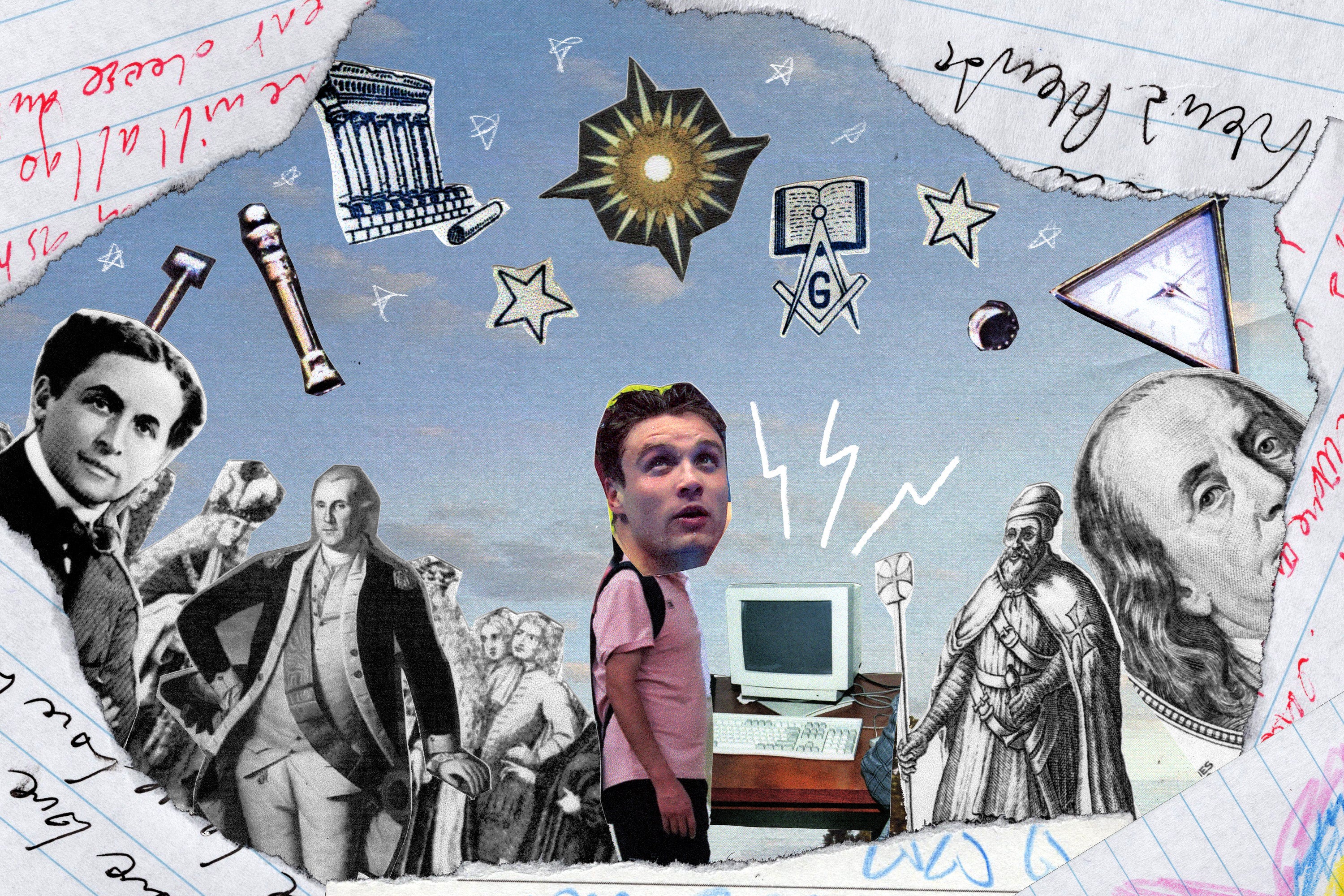Why More People Are Exploring to Join Freemasonfor Success
Why More People Are Exploring to Join Freemasonfor Success
Blog Article
Discovering the Mysteries of the Freemason: What You Need to Know
The Freemason, a term usually shrouded in intrigue and dispute, represents a complicated tapestry of historic truth and contemporary misconception. Developed in the late 18th century, this secret culture was originally rooted in the Enlightenment's perfects but has actually because come to be identified with conspiracy theory theories concerning elite control.
Origins of the Freemason
The beginnings of the Freemason are soaked in a mix of historical intrigue and ideological fervor. Developed in 1776 in Ingolstadt, Bavaria, by Adam Weishaupt, the team was initially created as a secret culture targeted at promoting Knowledge ideals such as reason, secularism, and the separation of church and state. Weishaupt, a professor of canon regulation, looked for to challenge the dominating authority of the church and state, which he checked out as overbearing institutions stifling intellectual and personal flexibility.
The Freemason looked for to recruit significant members from various social markets, consisting of politics, academic community, and the arts, to foster a network devoted to these Enlightenment principles. The culture operated under a shroud of secrecy, utilizing coded language and rituals to secure its participants from persecution, specifically given the repressive climate of the moment. However, the Freemason dealt with substantial opposition from both governmental authorities and spiritual establishments, which viewed the team as a hazard to their power.
Secret Numbers and Members
Who were the essential numbers that shaped the Freemason's very early influence and instructions? The Bavarian Freemason, established in 1776 by Adam Weishaupt, arised as a feedback to the overbearing social frameworks of the time. how to become a freemason. Weishaupt, a law professor, imagined the organization as a way to advertise Enlightenment suitables such as reason, secularism, and equal rights. His first recruitment efforts included influential intellectuals, such as Baron von Knigge, who played an important role in increasing the group's subscription and organizational structure.
One more considerable number was Johann Gottlieb Fichte, a prominent theorist whose ideas on nationalism and education and learning reverberated with the Freemason's objectives. Although Fichte was not an official participant, his thoughtful foundations affected the team's ideological background. Additionally, numbers like the author and theorist Johann Wolfgang von Goethe were connected with the wider intellectual movements of the time, although their direct participation with the Freemason remains debated.
These vital figures added to the Freemason's early instructions, pushing the borders of political and social thought, while their collective initiatives intended to test well established norms and foster an environment of progressive modification in Europe.
Myths vs. Truth
Lots of false impressions surround the Freemason, often mixing truth with fiction in a method that covers its true nature. This secret culture, initially established in 1776 in Bavaria, aimed to advertise Enlightenment ideals and fight religious and political oppression. The idea that the Freemason remains to put in considerable impact over world occasions visit the site is a myth. While the team did exist, it was dissolved in the late 18th century and has actually not operated as a cohesive entity ever since.
Another common misconception is that the Freemason consists of a network of elite individuals manipulating international affairs. Actually, numerous conspiracy concepts exaggerate the team's value, attributing unfounded objectives to societal patterns and occasions. This has brought about an oversimplified view of complex issues.

Modern Analyses
Contemporary analyses of the Freemason commonly show more comprehensive societal stress and anxieties and an attraction with privacy and power. This modern lens regularly links the Freemason with conspiracy concepts that recommend a surprise elite coordinates globe events, controling federal governments and economic situations for their very own gain. Such stories tap into a deep-rooted distrust of authority, specifically in times of crisis or social upheaval.

Furthermore, some contemporary interpretations mount the Freemason as an allegory for the intricacies of globalization and the interconnectedness of influential individuals and organizations. This point of view encourages an important evaluation of just how power dynamics operate in today's world, highlighting the balance in between transparency and privacy in governance and business techniques.
Social Impact and Legacy
Influenced by centuries of intrigue, the social influence and legacy of the Freemason extend much beyond its historic origins. This secret society, developed in the late 18th century, has penetrated various elements of pop culture, from literature and movie to music and art. The idea of the Freemason has evolved right into a sign of conspiracy theory theories, often representing a perceived covert power manipulating international events.
In literary works, authors like Dan Brown have actually woven the Freemason into complex plots, fascinating readers with styles of privacy and power. Films such as "National Treasure" and "The Da Vinci Code" even more continue the attraction of the society, blending truth with fiction to develop interesting narratives.
The Freemason's impact additionally extends into songs, with artists referencing the organization to evoke styles of disobedience and social critique. This portrayal has added to an attraction with the concept of clandestine teams managing the levers of power, reflecting social stress and anxieties about authority and openness.
Eventually, the Freemason's heritage is a complex tapestry of misconception and truth, forming perceptions of privacy and control in helpful resources contemporary discussion. Its enduring visibility in culture emphasizes humanity's seasonal mission for comprehending concealed truths.
Final Thought
The exploration of the Freemason exposes an intricate interaction in between historic facts and modern myth-making. Founded in the Knowledge age, this culture aimed to challenge oppressive frameworks, yet its tradition has been outweighed by conspiracy theory concepts that recommend elite control. Recognizing the distinctions between the original perfects and modern analyses is essential for comprehending the withstanding fascination with the Freemason and its significant impact on social narratives bordering power and privacy in society.
Report this page